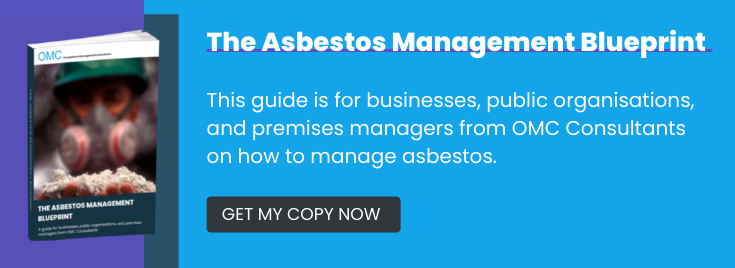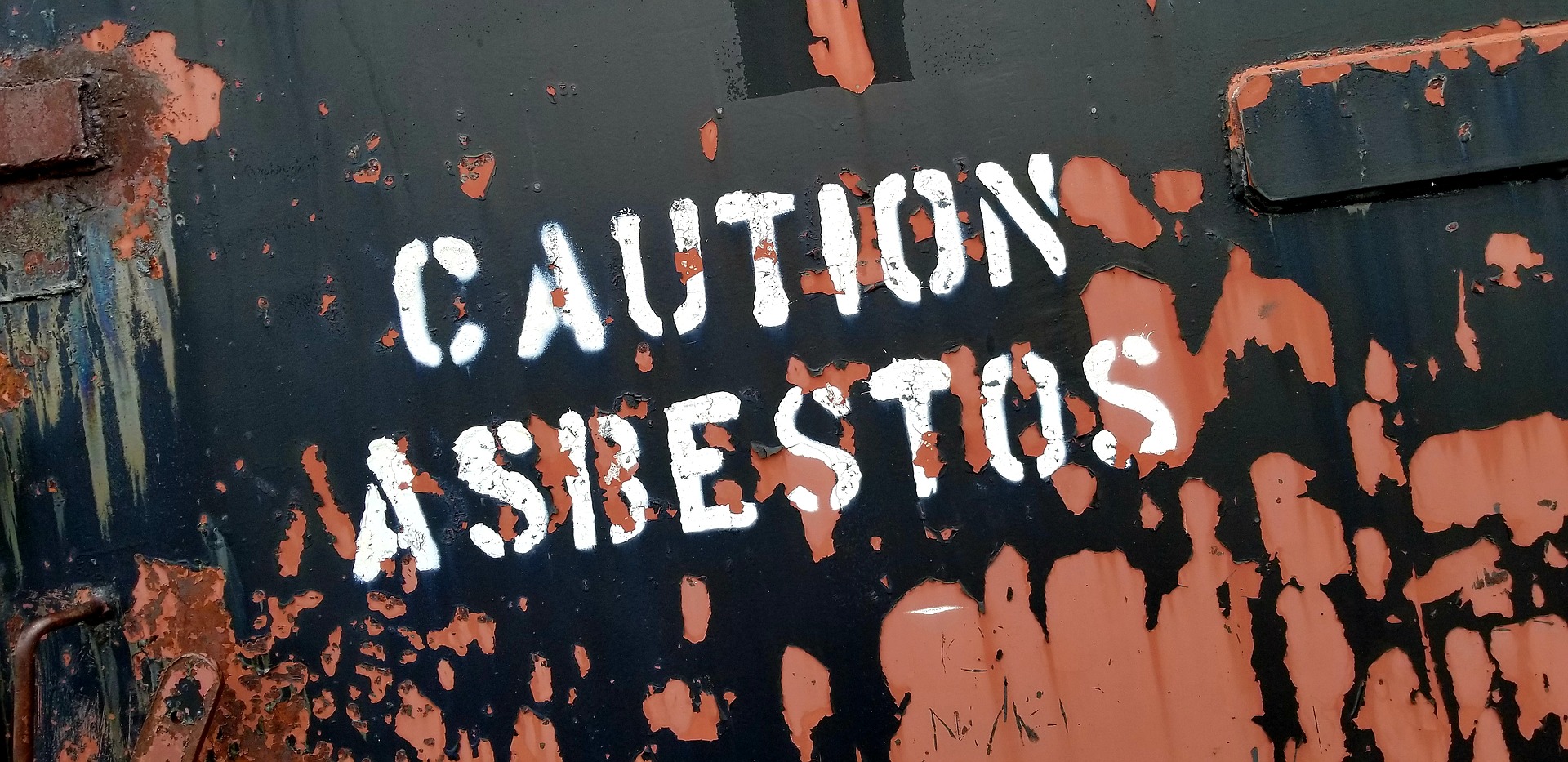If you have asbestos on your premises, it’s not always necessary to remove it. In fact, over 1.5 million buildings in the UK – the majority of industrial, commercial and residential properties constructed prior to 2000 – are believed to contain the material, but its mere existence does not necessarily represent a clear and present danger to employees, visitors, or residents.
Instead, it’s essential to carry out an annual asbestos reinspection survey to ensure that it can still be safely left in place. Undisturbed, asbestos poses little risk and professional removal can be costly – and can even cause a hazard by releasing asbestos fibres into the air. A commercial asbestos survey by a qualified asbestos management specialist will ensure that any deterioration is identified so that safe and timely removal can be undertaken.
If you’re responsible for management of premises where asbestos has previously been identified, what are the key facts you need to consider when arranging asbestos reinspection?
What Is The Asbestos Reinspection Frequency?
In accordance with Health and Safety Executive guidance HSG 227 (A Comprehensive Guide to Managing Asbestos in Premises) and INDG 223 (Managing Asbestos in Buildings), reinspection should be undertaken at least annually.
All asbestos-containing materials (ACMs) that have been left in-situ should be assessed for deterioration, damage, or disturbance. In some situations, it may be prudent to carry out a reinspection more often, between six and 12 months.
Who Should Carry Out An Asbestos Reinspection?
For it to be fit for purpose and to generate reliable data, the annual reinspection must be undertaken by appropriately trained and competent specialists, such as asbestos survey consultants. Inspectors must have the correct training, instruction, and information to carry out the work, even though it is not classed as an asbestos management survey.
Premises managers who hold the ‘duty to manage asbestos’ should organise professional intervention if they are not appropriately qualified themselves.
What Are The Benefits Of An Asbestos Reinspection?
An annual reinspection will allow the duty holder to assess and record the condition of ACMs in a building. Asbestos, like all construction materials, is prone to degradation and damage over time, increasing the risk that it will become harmful to human health.
An annual reinspection will:
- Include all areas where ACMs have been removed, in case of incomplete removal.
- Identify, if present, ACMs that were not previously confirmed so that a new asbestos management survey can be undertaken.
- Provide photographic evidence so that the present condition of ACMs can be compared to previous and future images.
- Provide the opportunity to discuss concerns with the client, updates risk assessments, and agree actions to mitigate the risk of exposure to ACMs.
- Assess whether air monitoring should be carried out to provide further reassurance to the client and their employees.
- Centralise all survey data to provide greater visibility of key data relating to ACMs.
- Provide information regarding professional surveys and advice to ensure priorities in managing the risk of ACMs are maintained.
Must The Reinspection Be Carried Out By The Specialist Who Undertook The Original Asbestos Management Survey?
No and, in some cases, this may be beneficial. Arranging for a different specialist to carry out the reinspection can build confidence in the action plan and ensure that appropriate control measures are put in place to minimise the risks to staff, visitors, or service users.
Find Out More
At OMC, our surveyors have extensive experience of carrying out asbestos reinspection in a variety of buildings, underpinned by professional qualifications, such as the BOHS, P402, or Certificate of Competence (Asbestos).
For more information or to request a quotation, simply get in touch.

Image Source: Pixabay
